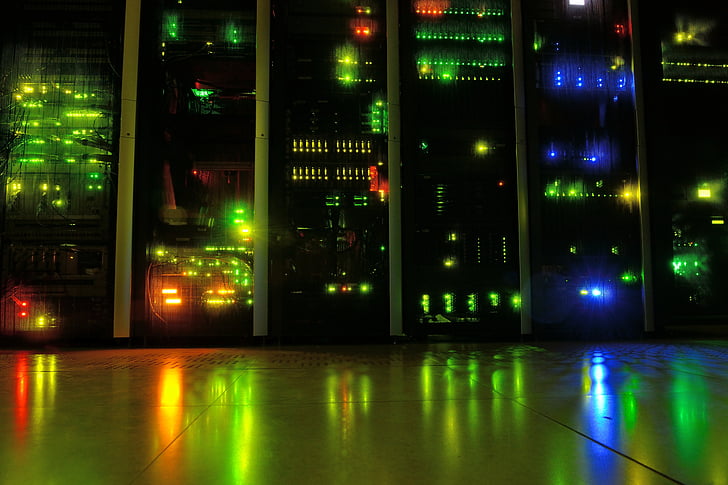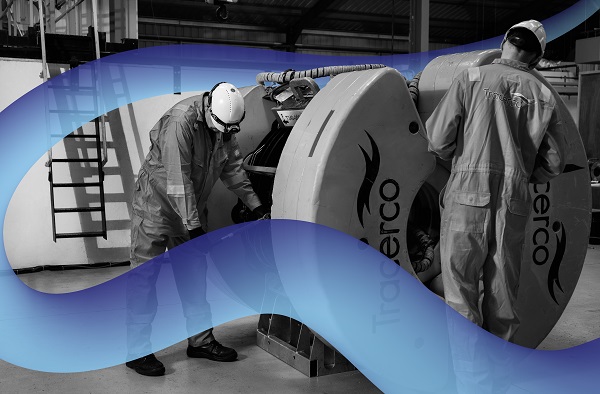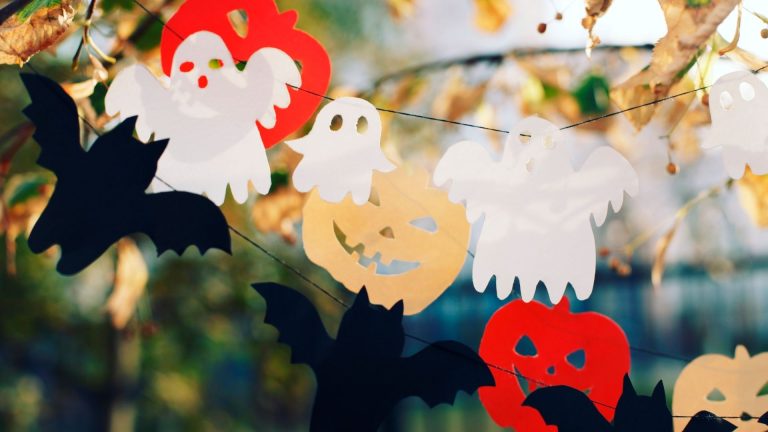Microsoft Certified: Azure Fundamentals is a foundational-level credential that is designed to validate the candidates’ expertise in Cloud services and how these services are offered with Microsoft Certbolt Azure. If you’re looking to take up the job roles related to Cloud-based services and solutions, this certification is a good starting point. It also serves as a foundation for pursuing other Azure role-based and specialty certificates. In this article, we are going to discuss the best preparation materials that will help you obtain your Microsoft Certified: Azure Fundamentals badge at the first attempt.
The Microsoft Certified: Azure Fundamentals certification evaluates the candidates’ knowledge of Cloud concepts, Azure pricing and supports, Azure services, Azure security, and privacy. Their general understanding of technology concepts, ExamSnap Microsoft 98-349 such as networking concepts, storage, application support, compute, and application development, will also be measured. To obtain this credential, the students must clear the Microsoft AZ-900 exam. It’s important to note that there’s no prerequisite for taking this prerequisite test. You are not required to have any specific technical experience. All you need to do is make sure that you have a grasp of the main domains before taking the exam.
As the Microsoft AZ-900 exam is intended for the novices in the field, it should not pose big problems for you. Author: Amir L However, you still need to study for the test so you can pass it on your first try. Let’s look at the top resources that you can use to prepare for your certification exam.
- Training Courses
With the instructor-led courses, you will have an opportunity to learn from the seasoned experts in the industry and ask questions whenever you encounter difficulties in comprehension of a particular exam concept. MD-100 Check out the Microsoft website to find out more details of the official training courses.
- Learning Paths
Microsoft offers some free self-study learning paths to help the candidates boost their performance in the certification exam. You’ll find links to these resources on the official webpage. You should invest some time in going through these learning paths to develop your competence in the domains of the test.
- Video Tutorials
If you’re looking for free study materials for your test, YouTube is a great platform to explore. You’ll find various video tutorials that explain the topics of the exam in detail. When using this site, you should be careful about the instructors you follow. Read the comment section to know what other candidates are saying about the tutors. Jerry I This will let you know if these videos are credible and worth your time.
- Practice Tests and Exam Dumps
You need to understand the kinds of questions that will appear in the Microsoft AZ-900 test. The best way to get familiar with the question formats is to review exam dumps. These materials contain the real questions provided by the former students. Practice tests, in their turn, will help you check your current level of knowledge and improve your time management skills.
Conclusion
With proper preparation, your exam for the Microsoft Certified: Azure Fundamentals credential will be a piece of cake. ExamTopics Braindumps Download You can increase your chances of success in Microsoft AZ-900 by combining different training options mentioned in this article. Start your preparation beforehand to have sufficient time to cover all the topic areas of the test and your badge will be in your pocket!
















 Bitcoin
Bitcoin  Ethereum
Ethereum  Tether
Tether  XRP
XRP  Solana
Solana  USDC
USDC  Cardano
Cardano  TRON
TRON  Lido Staked Ether
Lido Staked Ether  Avalanche
Avalanche  Toncoin
Toncoin